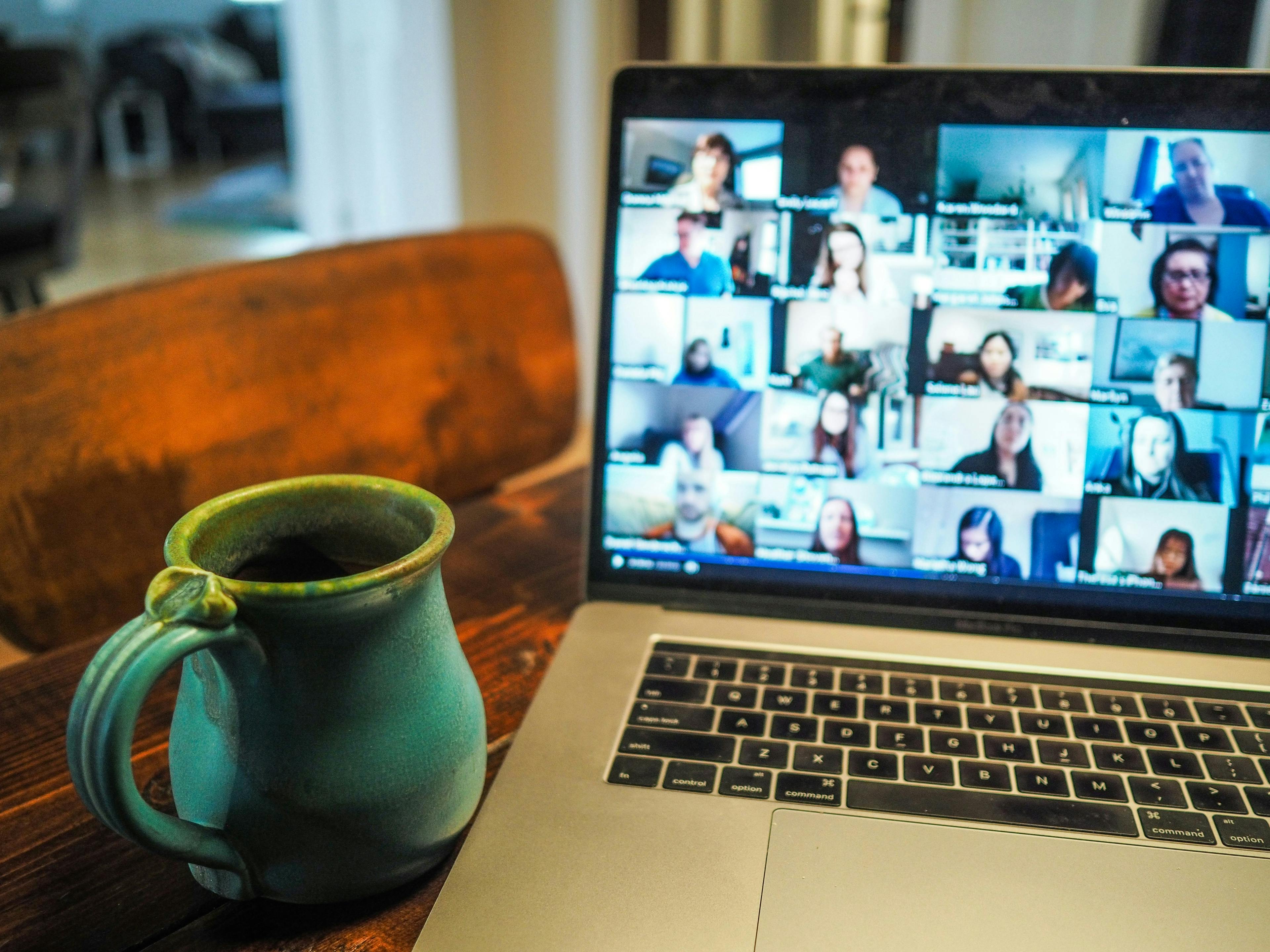Virtual sessions like workshops and fireside chats have become the norm now. Even IRL sessions have some live streaming component to it now. It’s unlikely to go away because of the scale and convenience that you can achieve with virtual sessions.
Conducting virtual sessions definitely requires less work than IRL ones, but a lot of things goes behind the scenes to ensure the events are seamless (as much as possible) and that everyone has a great experience.
I have conducted 30+ Zoom speaker sessions/workshops and AMAs as part of being the program director of the The Product Folks No-code program. And I’ve been part of multiple On Deck fireside events and workshops and seen them using best practices.
Here’s what I learnt about the ops that goes behind organizing them, what tools you can use depending on the audience size, and what’s the best way to streamline them.
2+ People Hosting the Session
When hosting sessions it’s always good to have 2+ people hosting. It usually becomes overwhelming for one person to do everything by themselves. I’ve done this by myself and hence I know.
You need 1 primary Host + 1 or more assistants depending on the scale.
Each person should have dedicated responsibilities about engaging the live chat or curating questions from participants.
Q&A format depending on Audience Size
10-30 people
Tool: Zoom chat
Example: TPF paid community event
If the number of people attending is 10-30 people, Zoom or Meet chats is good enough to curate questions from the audience. You can collate the top questions according to the subjective quality of the questions.
The host + assistants will need to prompt the audience to post their questions in the chat or come off mute and ask them.
You can ask the people who have submitted their question to ask the question. Also note that you will need to spotlight the person who is asking the question, and if possible they should switch on their camera.
30-70 people
Tool: Slack private channel (if you have a Slack community)
Example: On Deck (program event)
People can post their questions in a dedicated private channel on the Slack community, others can upvote using emoji reactions. You can then message the people who have put the question on Slack to ask their question up next.
30-200 people
Tool: Zoom + Slido form (free plan for <100 users)
Example: On Deck (general event)
You can create a dedicated questions link and share that in the Zoom chat. People can vote on the top questions and you can take those and also look at the subjective quality of the questions.
I find this to be the most optimum way of doing a Q&A.
100+ people
Tool: Airmeet
Example: TPF (free general event)
Attendees can ask their questions in the inbuilt polling feature. Others can vote on the top questions and you can take those and also look at the subjective quality of the questions.
You can ask the people who have submitted their question to ask the question.
Common Issues
If it’s a smaller crowd then you might face the problem of getting fewer questions (depending on how enthu the audience is) — for that you need some planted people to ask questions (usually volunteers or team members)
One way to avoid this situation is ask for questions one day prior, you might get a good selection of questions and then you can select which one to ask.
Format
Host or Attendee asks the question
- Host can ask the question if you want to keep things streamlined and avoid any audio/video issues or extra time taken by the attendee in the back and forth. However this does not make the attendee feel special. Choose this option if you’re on a tight schedule and you want to get as many questions in as possible.
- Attendee should be called up to ask the question. This gives them some level of social capital and recognition with the speaker and other members. However sometimes they might not be in a quiet area to ask their question or their audio/video might have issues based on internet connectivity and quality of audio/video devices. Choose this option when you don’t necessarily need to get many questions answered.
Questions asked during the session or at the end
Depending on the format of the session. Is it a speaker session with slides, fireside chat with host questions, or pure AMA.
Questions at the end
- Perfect for speaker sessions with slides, fireside chats.
- Less interactive but more streamlined
Interspersed questions
- Good for pure AMAs where there is a balance of host questions and attendee questions
- More interactive but less streamlined
Final Thoughts
Conducting Virtual sessions is an ops-heavy task. And a good experience depends on executing flawlessly.
Use the right tools and format according to the type of event and strive to make the experience as seamless as possible.
If you found this helpful, follow me on Twitter @kavirkaycee
Related Posts
Posts
If you liked this post, subscribe to my newsletter:
